PARC’s National Turtle Networking Team (TNT) was formed to facilitate and guide action through public-private partnerships to conserve native, North American turtle populations
Key Objectives of the PARC’s Turtle Networking Team
- Identify greatest issues and concerns related to the understanding and management of native, North American turtle populations.
- Coordinate and develop partnerships, strategies, and tools to address broad-scale, North American turtle conservation issues.
- Provide a centralized online location where turtle conservation outreach products, resources, and contacts are available.
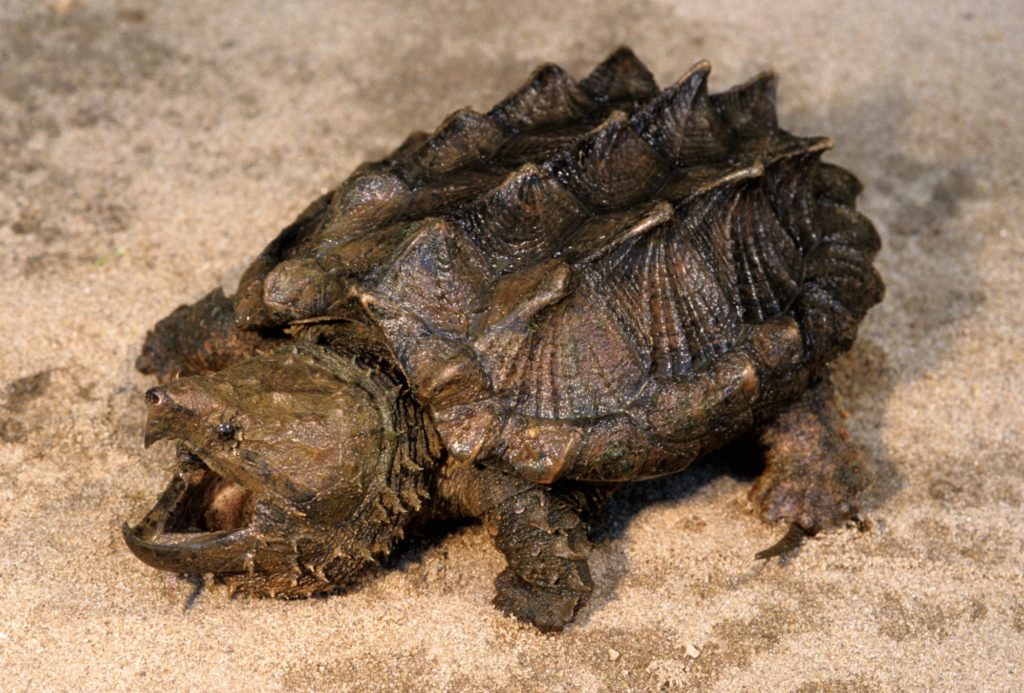
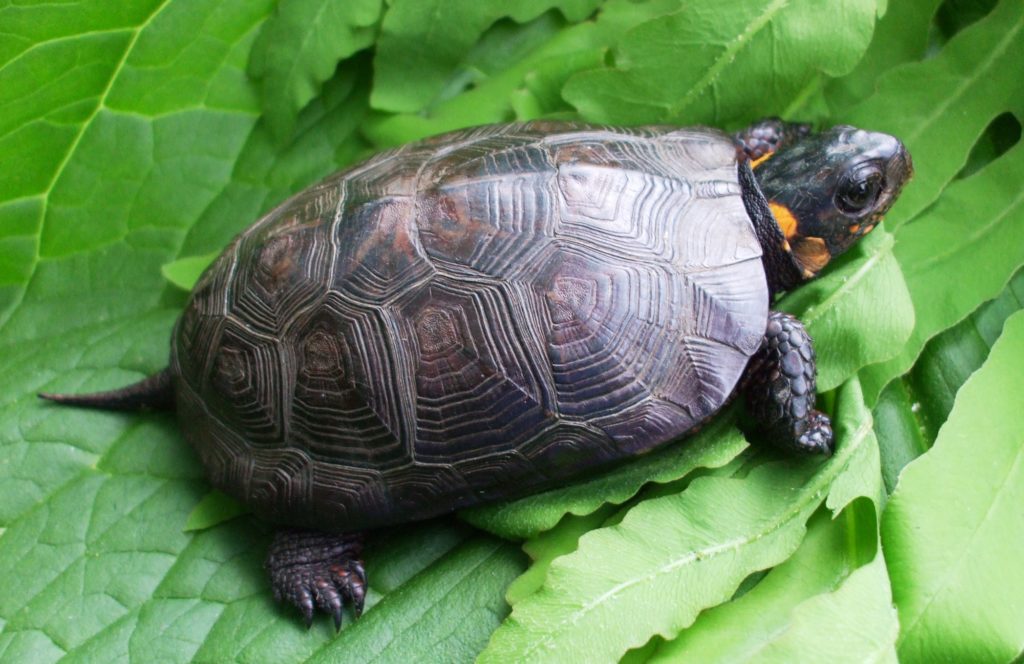
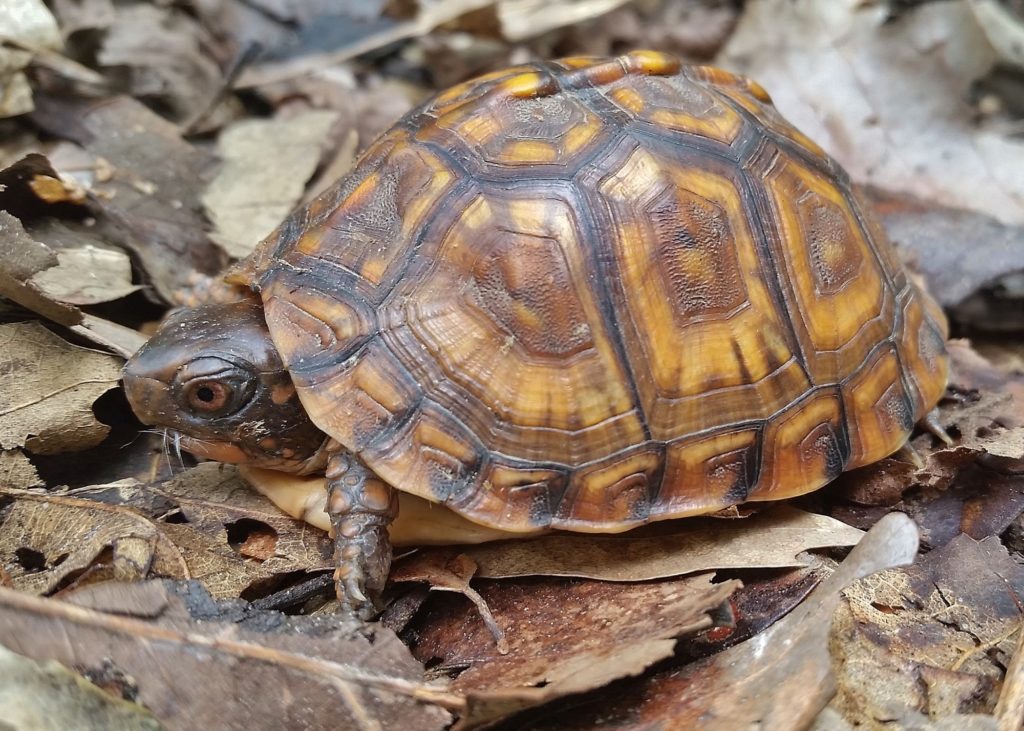
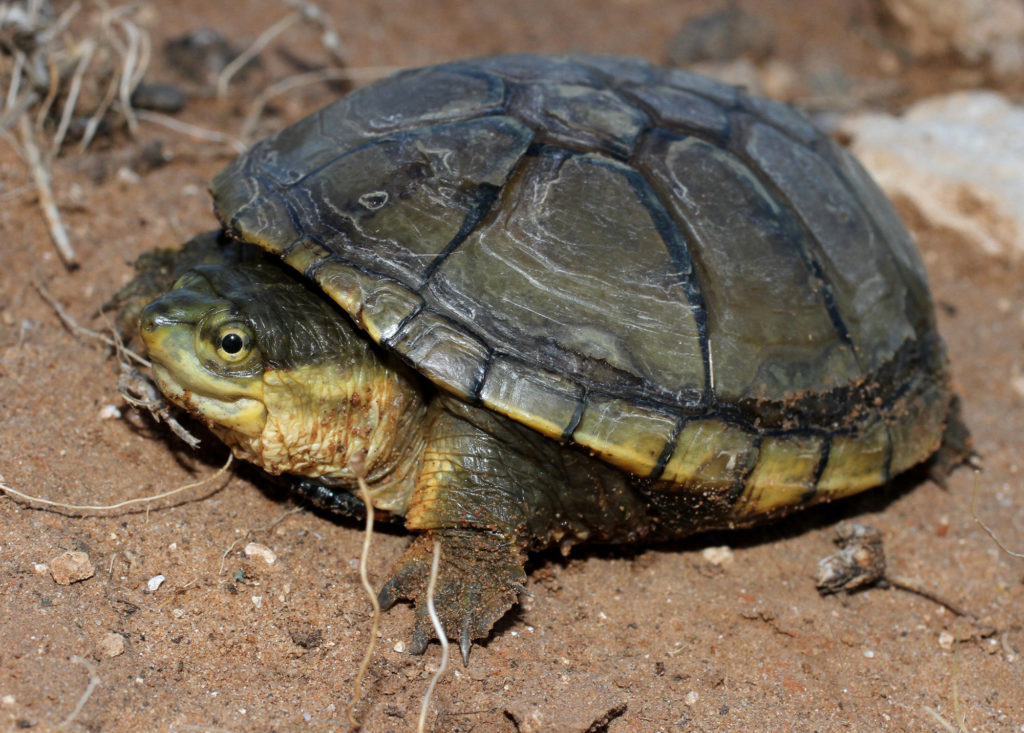
Native Turtles Need Our Help
Turtles have endured on Earth since the days of dinosaurs. But today, many turtle populations in the U.S. are experiencing dramatic declines due to interacting threats: habitat loss, climate change, car strikes when crossing roads, disease, and illegal trade and possession. While we don’t know how many turtles we are losing, we do know that #EveryTurtleCounts.
Our turtles are special and irreplaceable. The U.S. is home to a greater number of turtle species than any other individual country— many live only here. That’s why conservation partners are working together to address turtle trafficking through the Collaborative to Combat the Illegal Trade in Turtles. But we need your help too.
Six Things You Can Do to Help Protect Native Turtles
1. Report suspicious activity
If you suspect someone is illegally collecting or selling wild turtles, call the U.S. Fish and Wildlife Service’s tip line (1–844-FWS-TIPS) or consult this webpage to find your state or provincial wildlife agency’s law enforcement phone number. The US. Fish and Wildlife Service is authorized to pay rewards for information or assistance that leads to an arrest, a criminal conviction, civil penalty assessment, or forfeiture of seized property.
Learn more about what to look for.

2. Help turtles cross roads
If it’s safe for you to do so, escort turtles across the road in the direction they are already heading.
Don’t ever take a turtle home, or move it to a different location. The turtle is better off in the habitat it’s accustomed to, with the friends (and enemies) it already knows.
If you find an injured turtle, call your local animal control office, humane society, or veterinarian for help finding a certified wildlife rehabilitator. Animal Help Now can be consulted to find licensed rehabilitators: https://ahnow.org/#/
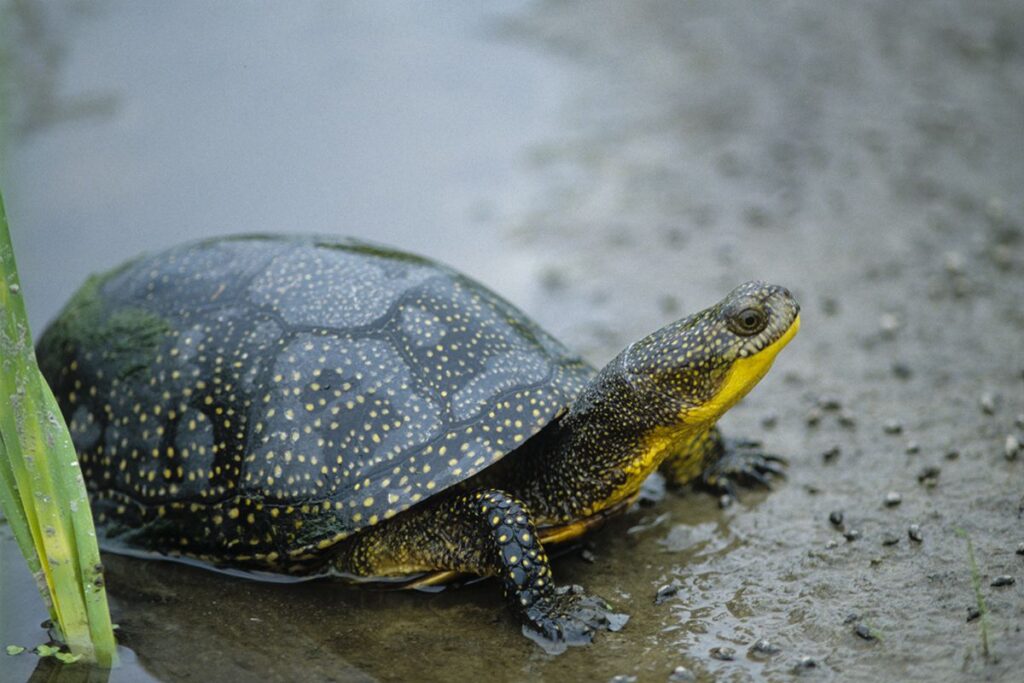
3. Don’t share turtle locations online
It can be exciting to see turtles in the wild, and to share your discovery. But before you take a photo of a turtle in the wild, turn off the geolocation on your phone. If you post a photo of a turtle on social media, don’t include information about where you found it. Poachers use location information to target sites.
If you want help identifying a turtle you saw in the wild, reach out to a local nature center or your state wildlife agency.

4. Do your homework before buying a turtle
Familiarize yourself with state, national, and international laws regarding the protection or possession of domestic, foreign, and wild turtle species where you live.
Consider the responsibility that comes with keeping a pet turtle or tortoise. Because turtles and tortoises are long lived animals – many living 50-80 years, or more – they will require specialized care for decades.
If you are still interested in having a turtle, consider adopting a turtle that needs a home. It can be difficult or impossible to determine if a certain dealer or seller is operating ethically, and there may be unwanted turtles in local animal shelters that need homes. For information on turtles as pets, please visit our #EveryTurtleCounts page.

5. Don’t release pets
If you are no longer able to care for a pet turtle, don’t release it into the wild. It could transmit harmful diseases to wild populations, or outcompete native species.
Bring your pet turtle to an animal shelter, or consult your state wildlife agency or a wildlife rehabilitation center for help finding a new home for the animal.
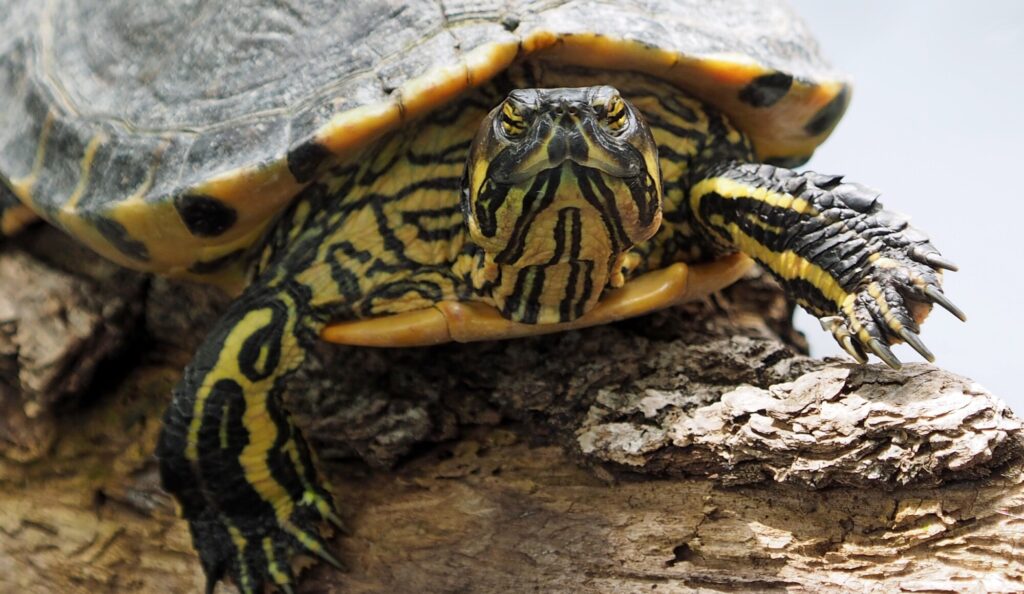
6. Love turtles by protecting their homes
Learn what turtle species are native to your community. Visit zoos, nature centers, and refuges to find out about conservation efforts.
There may be opportunities to volunteer, or ways you can support native turtle habitat in your community or on your land. Clean up efforts in parks, woods, and along waterways are one simple way to help many kinds of wildlife.
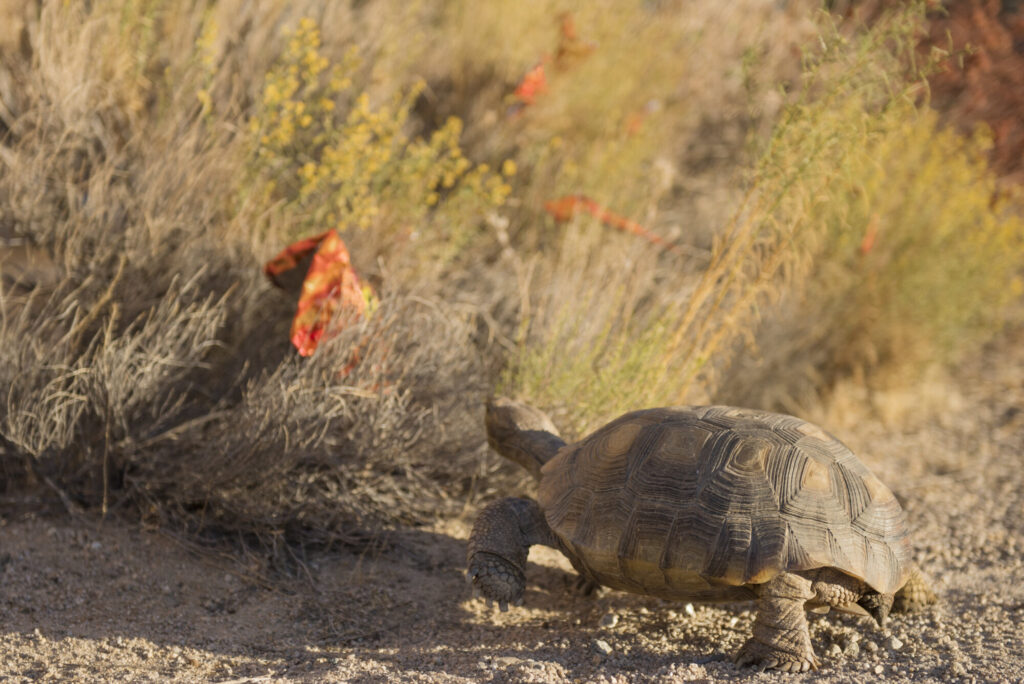
Social Media
Celebrate #WildTurtleWeek in May with our different resources about turtles. Consider sharing items on social media.
Suggested hashtags:
#EveryTurtleCounts, #BuyInformed, #KeepWildTurtlesWild, #TurtleConservation
Infographics and Brochures
Print out these infographics to distribute or post:
- Every turtle counts – We are losing our native turtles to the illegal trade. But you can help stop it.
- What you can do to protect turtles – When it comes to turtles, remember these “Do”s and “Don’t”s
- The truth about turtles – What to know before you buy
- Backyard guide to helping amphibians and reptiles – Ways to help turtles at home
- Six Ways to Help Turtles
Library
Read more about the native turtle trafficking crisis, and what partners are doing to address it on the Collaborative to Combat the Illegal Trade in Turtles Media page.
National Turtle Networking Team Co-Chairs
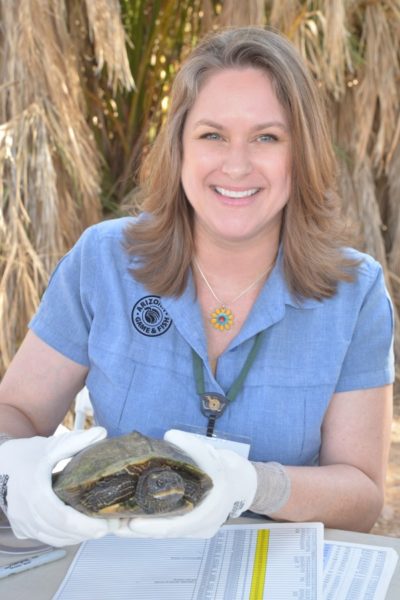
Cristina A. Jones, Arizona: Cristina’s lifelong interest in reptiles was cultivated through the numerous hiking and camping trips throughout Arizona where her parents taught her that wildlife is wondrous and worthy of study. Her passion with turtles was ignited when she encountered her first Sonoran Desert tortoise on a hike at age four and began her fascination with natural history and conservation of desert reptiles. Cristina earned her B.S. in wildlife science and M.S. in wildlife ecology at the University of Arizona. For her M.S. thesis research, she evaluated the prevalence of Mycoplasma agassizii in wild and captive Sonoran desert tortoises in Arizona. Cristina held the position of Turtles Project Coordinator with the Arizona Game and Fish Department from 2006 – 2021, where she led multiple inter-agency/inter-organizational working groups, and collaborated with turtle biologists and citizen scientists within Partners in Amphibian and Reptile Conservation (PARC), Desert Tortoise Council, and the Turtle Survival Alliance Foundation to identify, coordinate, and conduct priority research and implement conservation actions for turtles in Arizona and the southwest. In 2021, Cristina accepted a position as a Biologist with the US Fish and Wildlife Service within the Southwest Region. She serves as a Project Manager and leads Species Status Assessment Teams to gather, analyze, and report on the best available scientific information for use in making decisions on whether or not a species warrants listing protection under the Endangered Species Act. Cristina is a co-chair and founding member of Southwest PARC, a co-founder and co-chair for the PARC Turtle Networking Team. In addition, she serves as a Board Member at Large and chair of the Training Committee for the Desert Tortoise Council, a Board Member of the Turtle Survival Alliance Foundation, on TSA’s Field Conservation Committee, and as program co-chair for the annual Symposium on Conservation and Biology Tortoises and Freshwater Turtles. Her professional goal is to maintain a position in wildlife conservation and management which utilizes her knowledge, leadership, organizational skills, and enthusiasm to encourage and promote innovative ideas to assure the survival of viable populations of native turtle species throughout their range.
Questions can be sent to: parc_coordinators@parcplace.org

